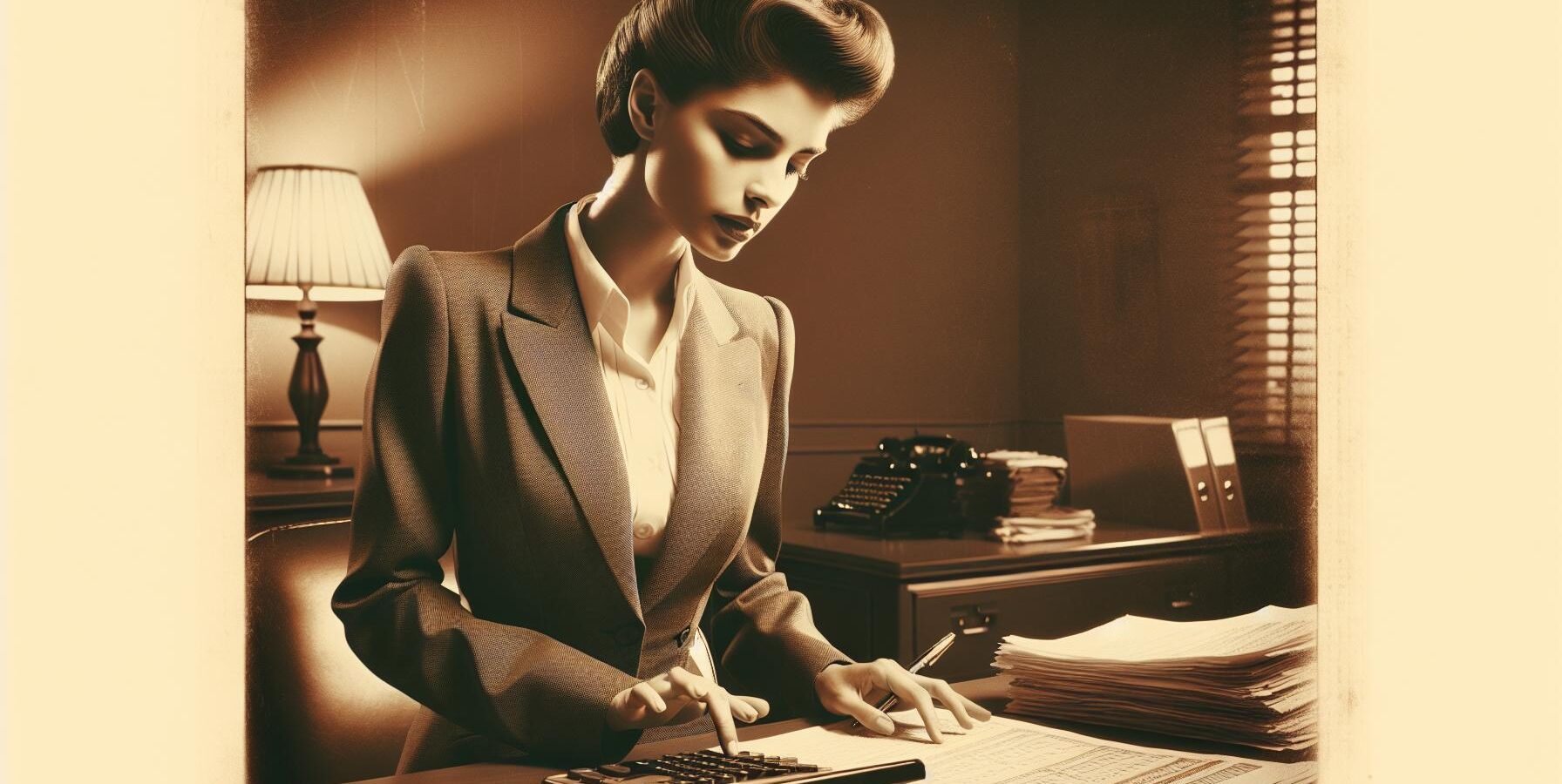A marriage ceremony is a timeless celebration that marks the union of two individuals, bringing together traditions, cultures, and loved ones in a joyous occasion. Across the globe, these ceremonies vary widely, reflecting the rich tapestry of customs and beliefs that define each culture. From elaborate rituals to intimate gatherings, the essence of a marriage ceremony lies in its ability to create lasting memories and symbolize the beginning of a shared journey.
In today’s world, couples are increasingly personalizing their ceremonies, blending traditional elements with modern touches to craft a day that truly represents their unique love story. Whether it’s a grand affair or a simple exchange of vows, the marriage ceremony remains a pivotal milestone in one’s life. As people continue to embrace diverse cultures and traditions, the marriage ceremony evolves, showcasing a beautiful fusion of old and new.
The Significance Of A Marriage Ceremony
A marriage ceremony carries deep cultural and personal significance. It serves as a formal union of two individuals, legally and often spiritually. Although the approach might differ across cultures, the underlying themes of love, commitment, and unity remain constant. These ceremonies validate the partnership in front of family and society, providing a shared space to witness and celebrate the bond.
Marriage ceremonies also preserve cultural heritage. Rituals, music, and attire often reflect distinct cultural identities, illustrating the diversity and richness of human traditions. Whether exchanging vows in front of hundreds or a private family setting, these events are pivotal in honoring a couple’s backgrounds and beliefs.
Symbolism plays a crucial role in these ceremonies. Elements like rings, vows, and handfasting often represent eternal commitment and unity. Such symbols create memorable moments that enhance the emotional impact of the occasion. This profound symbolism allows participants to reflect on the values that the couple cherishes, adding depth to the ceremonial experience.
Furthermore, marriage ceremonies create a foundation for shared memories. Family and friends come together to support the union, strengthening the couple’s community bonds. This gathering generates a cherished collection of moments that the couple and their loved ones can look back on with fondness, underscoring the ceremony’s enduring impact.
Planning The Perfect Marriage Ceremony
Planning a marriage ceremony involves several critical steps that blend personal touches with traditions. Identifying priorities ensures the ceremony remains both meaningful and memorable.
Choosing The Venue
Selecting a venue determines the ceremony’s overall atmosphere. Outdoor locations like gardens and beaches provide natural beauty but require weather considerations. Indoor venues such as banquet halls and churches offer controlled environments, allowing for extensive decor customization. It’s essential that the venue accommodates the guest count, aligns with the couple’s vision, and falls within budget constraints.
Selecting The Officiant
Officiants play an integral role in personalizing the ceremony. Religious leaders bring spiritual elements to the service, reflecting the couple’s faith. Non-denominational officiants offer flexibility, allowing for a blend of religious and secular traditions. Choosing someone who resonates with the couple’s values ensures the ceremony reflects their unique journey and beliefs.
Crafting The Vows
Vows express the couple’s commitment and love. Personal vows allow individuals to share their personal stories and promises, adding an intimate touch. Traditional vows emphasize timeless themes of fidelity and support. Balancing personal narratives with traditional commitments ensures the vows resonate with both partners and guests, lending authenticity to the ceremony.
Traditional Vs. Modern Marriage Ceremonies
Marriage ceremonies reflect the evolving balance between tradition and modernity. Couples often choose elements that resonate with personal values and cultural backgrounds.
Traditional Elements
Traditional marriage ceremonies are rooted in customs passed down through generations. Rituals often include religious blessings, traditional music, and cultural attire. Chinese weddings might feature a tea ceremony, while Indian weddings often include the exchange of garlands. Traditional vows are common, delivered in sacred settings like churches or temples. These elements emphasize the continuity of cultural heritage and societal values.
Modern Variations
Modern ceremonies allow for personalized and contemporary expressions of love. Couples might opt for open-air venues like beaches or gardens. Non-religious officiants conduct the ceremony, reflecting secular outlooks. Instead of standard vows, personalized promises are crafted to reflect unique relationships. Technological integration, such as live-streaming, enables wider guest participation. Modern variations highlight individuality and adaptability in today’s marriage ceremonies.
Cultural Influences On Marriage Ceremonies
Cultural factors significantly shape the structure and character of marriage ceremonies. These influences manifest in regional traditions and the dynamics of intercultural marriages.
Regional Traditions
Regional traditions add distinct flavors to marriage ceremonies. In India, vibrant colors, henna, and intricate rituals mark traditional weddings. Japanese ceremonies often involve the Shinto religion, featuring a purification ritual and the exchange of sake. African weddings might include the “jumping the broom” ritual, symbolizing a new beginning. Mexican weddings often blend Catholic traditions with local customs like the lasso ceremony, representing unity. These traditions preserve cultural identities, enriching the wedding experience with depth and meaning.
Intercultural Marriages
Intercultural marriages combine diverse elements from different traditions, creating unique ceremonies. These unions often involve blending rituals, attire, and music from multiple cultures. A couple might mix elements of a Western white wedding with South Asian attire and rituals. They may choose bilingual officiants or hold ceremonies in different locations to accommodate family customs. Intercultural weddings foster inclusivity and understanding by celebrating the diversity of backgrounds and creating new shared traditions, making them vibrant, rich, and respectful of both cultures.
Roles Of Participants In A Marriage Ceremony
In a marriage ceremony, each participant plays a crucial role. These roles ensure the ceremony’s smooth execution and add personal and cultural dimensions.
Responsibilities Of The Bride And Groom
The bride and groom take center stage in a marriage ceremony. They are responsible for planning the overall event, incorporating personal and cultural elements. They choose significant details like the venue, attire, and music, reflecting their personalities and values. They often write personalized vows, expressing their commitment and love in front of witnesses. During the ceremony, they participate actively and symbolically, exchanging vows and rings as a testament to their union.
Role Of The Wedding Party
The wedding party, including the maid of honor, best man, bridesmaids, and groomsmen, provides support to the couple. The maid of honor assists the bride with preparations and coordinates pre-wedding events, while the best man supports the groom and gives a speech during the reception. Bridesmaids and groomsmen help with event logistics, ensuring everything runs smoothly. They also provide emotional support, participate in key moments such as the procession, and contribute to the celebratory atmosphere.
Common Challenges And Solutions
Planning a marriage ceremony often presents challenges that require careful consideration. Identifying these obstacles allows for the development of effective solutions, ensuring the event runs smoothly.
Budget Constraints
Many couples face the challenge of working within a limited budget. Prioritizing essential elements, like venue and catering, while allocating funds for unexpected expenses helps manage finances effectively. Opting for off-peak dates and smaller guest lists can also reduce costs.
Guest List Disputes
Disagreements over the guest list can arise due to differing family expectations. Establishing clear criteria for invitations, such as close relationships and mutual friendships, helps prevent conflicts. Compromise and open communication between partners and their families ease tensions.
Vendor Coordination
Coordinating with multiple vendors can become overwhelming. Creating a detailed timeline for each service provider and scheduling regular updates ensures steady communication. Having a designated point person, such as a wedding planner, can help streamline operations and resolve issues promptly.
Weather Dependencies
Outdoor weddings risk being impacted by weather conditions. Having a contingency plan, like an indoor alternative or canopy rentals, minimizes disruptions. Monitoring forecasts and preparing in advance enhance preparedness.
Cultural Sensitivity
Intercultural marriages may present challenges in balancing differing traditions. Engaging in open discussions about each culture’s core customs and finding ways to respectfully incorporate them ensures an inclusive ceremony. Consulting both families and possibly a cultural advisor aids integration.
Tackling these common challenges with strategic planning and clear communication leads to a successful marriage ceremony that reflects the couple’s vision and values.
Discover the Power of BlueNotary:
Integrate your Business, Title Company, or Law Firm to Satisfy your Customers and Decrease Turnaround
Get a document Notarized/Sign-up
Join the Free Notary Training Facebook Group
Conclusion
Marriage ceremonies are profound celebrations that unite individuals while honoring cultural traditions. As couples blend traditional and modern elements, they create unique ceremonies that reflect their journeys. These events not only mark the beginning of a shared life but also preserve cultural heritage through rituals and symbolism. By addressing planning challenges with strategic solutions, couples can ensure a meaningful and memorable ceremony. Embracing both tradition and innovation, marriage ceremonies continue to evolve, celebrating love and commitment in diverse and inclusive ways.
Frequently Asked Questions
What is the significance of marriage ceremonies?
Marriage ceremonies hold profound significance as they formally unite individuals, showcasing cultural traditions and marking the beginning of a shared journey. They symbolize love, commitment, and unity, validating partnerships in front of family and society. These ceremonies celebrate cultural heritage and are integral in fostering community bonds, and creating cherished memories.
How do modern marriage ceremonies differ from traditional ones?
Modern marriage ceremonies often blend traditional elements with personalized touches to reflect individual preferences. While traditional ceremonies emphasize cultural customs, modern versions incorporate unique venues, non-religious officiants, and customized vows. Technology, like live-streaming, is frequently used to adapt these ceremonies to contemporary styles.
What cultural influences affect marriage ceremonies worldwide?
Cultural influences shape marriage ceremonies by dictating their structure and character. For example, Indian weddings are known for vibrant rituals, Japanese ceremonies often incorporate Shinto practices, and Mexican weddings blend Catholic and local customs. Intercultural marriages create unique ceremonies by combining diverse traditions, fostering inclusivity and understanding.
How can couples personalize their marriage ceremonies?
Couples can personalize their marriage ceremonies by blending traditional and modern elements. This could include choosing unique venues, crafting personal vows, or selecting non-denominational officiants. Integrating cultural or personal symbolism and incorporating technology, like live-streaming, are other ways to reflect individual tastes and values.
What role does the venue play in marriage ceremonies?
The venue is crucial in reflecting the couple’s vision and accommodating guests while adhering to budget constraints. It sets the tone for the ceremony, whether intimate or grand, and complements the theme. Selecting the right venue is key to ensuring that the ceremony aligns with the couple’s personal and aesthetic preferences.
Why is the choice of officiant important in marriage ceremonies?
The officiant plays a vital role in personalizing marriage ceremonies through religious or non-denominational perspectives. They guide the ceremony’s tone and facilitate significant moments, such as vow exchanges. Choosing an officiant who aligns with the couple’s beliefs and preferences is essential for an authentic and meaningful experience.
What are some common challenges when planning a marriage ceremony?
Couples often face challenges like budget constraints, guest list disputes, vendor coordination, weather dependencies, and cultural sensitivity. Overcoming these challenges involves strategic planning, clear communication, establishing criteria for invitations, detailed timelines, contingency plans, and open discussions about cultural customs.
How can couples effectively manage their budget for a marriage ceremony?
To manage their budget, couples should prioritize essential elements, establish a clear vision, and set realistic financial limits. Careful vendor selection, flexible guest lists, and DIY aspects can help minimize costs. Creating a detailed budget plan and revisiting it regularly ensures expenses align with the couple’s financial goals.








